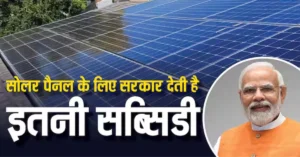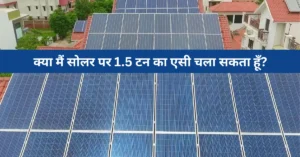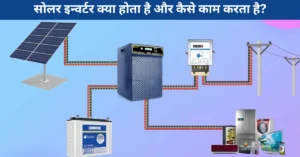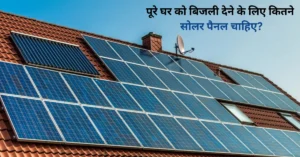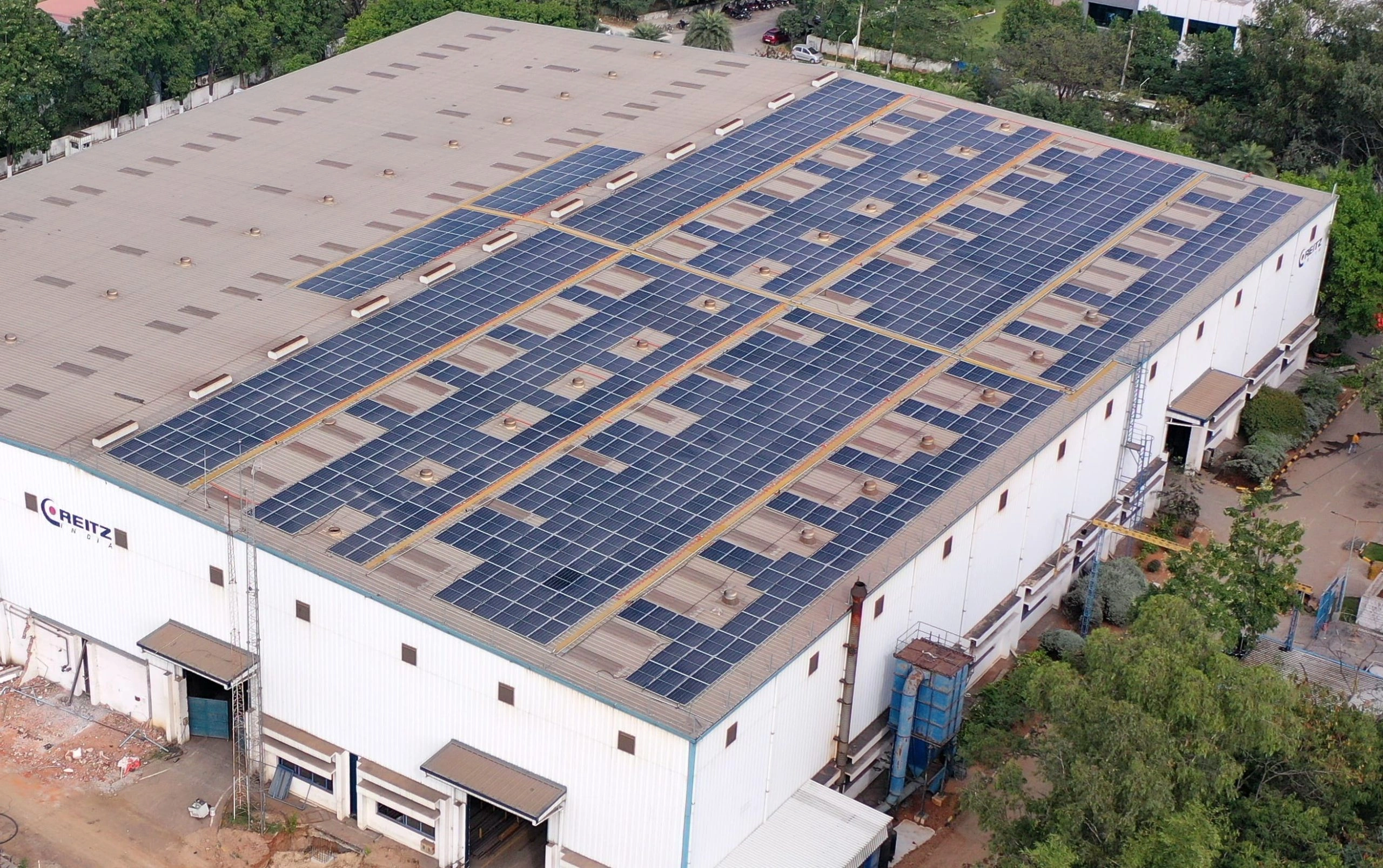In today’s fast-changing energy landscape, an increasing number of Indian businesses are making the switch to solar power, and for good reason. It’s clean, cost-effective, and a wise long-term investment. But one of the most common questions business owners ask is:
“How much does a commercial solar panel system cost in India?”
Well, you’re in the right place. In this blog, we’ll break it all down in a simple, honest way, no jargon, no confusion. Whether you run a factory, warehouse, office building, or retail space, here’s everything you need to know about commercial solar panel pricing in India in 2025.
Why Should Businesses Go Solar in the First Place?
Before we talk money, let’s talk value. Here’s what solar power can do for your business:
- Cut electricity bills by up to 70%
- Gain energy independence and reduce reliance on an unpredictable grid supply.
- Lower your carbon footprint and improve your sustainability credentials.
- Increase property value and long-term ROI
- Benefit from government subsidies and tax benefits
In short? Going solar isn’t an expense, it’s an investment in your future.
So, How Much Does a Commercial Solar System Cost in India?
The cost of a commercial solar system depends on several factors, but here’s a general breakdown for 2025:
System Size | Estimated Cost (₹) | Usage |
10 kW | ₹4.5 – ₹6 lakhs | Small shops/offices |
25 kW | ₹11 – ₹14 lakhs | Medium-scale businesses |
50 kW | ₹21 – ₹28 lakhs | Manufacturing units, schools |
100 kW | ₹40 – ₹52 lakhs | Large factories, hospitals |
500 kW – 1 MW | ₹2 – ₹5 crore | Industrial plants, commercial parks |
Note: Prices include panels, inverters, structure, installation & GST. Subsidies or tax credits can further lower this cost.
What Factors Affect the Final Cost?
1. System Size
Larger systems may cost more upfront, but they deliver greater long-term savings per kWh.
2. Type of Solar Panel
- Monocrystalline: More efficient, slightly more expensive
- Polycrystalline: Budget-friendly, slightly less efficient
- Bifacial panels: Capture sunlight from both sides, ideal for large rooftops
3. Inverter Technology
- String Inverters: Affordable and ideal for simple layouts
- Microinverters: Slightly higher cost, better for shaded roofs or multiple directions
4. Roof Type & Structure
Metal roofs? RCC flat roofs? Ground-mounted? The structure impacts cost, labour, and efficiency.
5. Battery Backup (Optional)
Adding a battery for backup increases the cost but ensures 24/7 power, which is especially useful in areas prone to power cuts.
Are There Any Government Subsidies or Tax Benefits?
Yes! For commercial and industrial solar in India, here’s what you can benefit from:
- Accelerated Depreciation (AD): Claim up to 40% depreciation in the first year
- Net Metering: Earn credits by feeding excess electricity back to the grid
- State-level Incentives: Vary by location (some offer capital subsidies or tariff benefits)
- Green Building Certification: Helps improve brand value and compliance
What About Payback Time?
Most commercial solar installations in India offer a payback period of 3–5 years. After that, it’s pure savings for the next 20+ years.
Example: A 100 kW solar system can help you save ₹12–₹15 lakhs per year on electricity. That’s over ₹2.5 crore in 20 years!
Is Commercial Solar Right for My Business?
Yes, if you:
- Have a monthly electricity bill above ₹30,000
- Own or lease a building with good rooftop space.
- Want to cut costs, improve ESG, and plan long term.
Are you tired of unstable power or frequent tariff hikes
What’s Included in a Full Installation Package?
When you work with a trusted solar company, you should get:
- Site assessment and custom system design
- High-efficiency solar panels + inverters
- Structure, wiring, net metering, and installation
- Remote monitoring & maintenance support
- Warranty (10–25 years, depending on component)
Final Thoughts: Solar is Not Just Clean, It's Clever
If you’re still relying 100% on grid electricity, you’re leaving money on the table every month. With prices dropping, tech improving, and the government encouraging clean power, 2025 is the perfect time to go solar.

